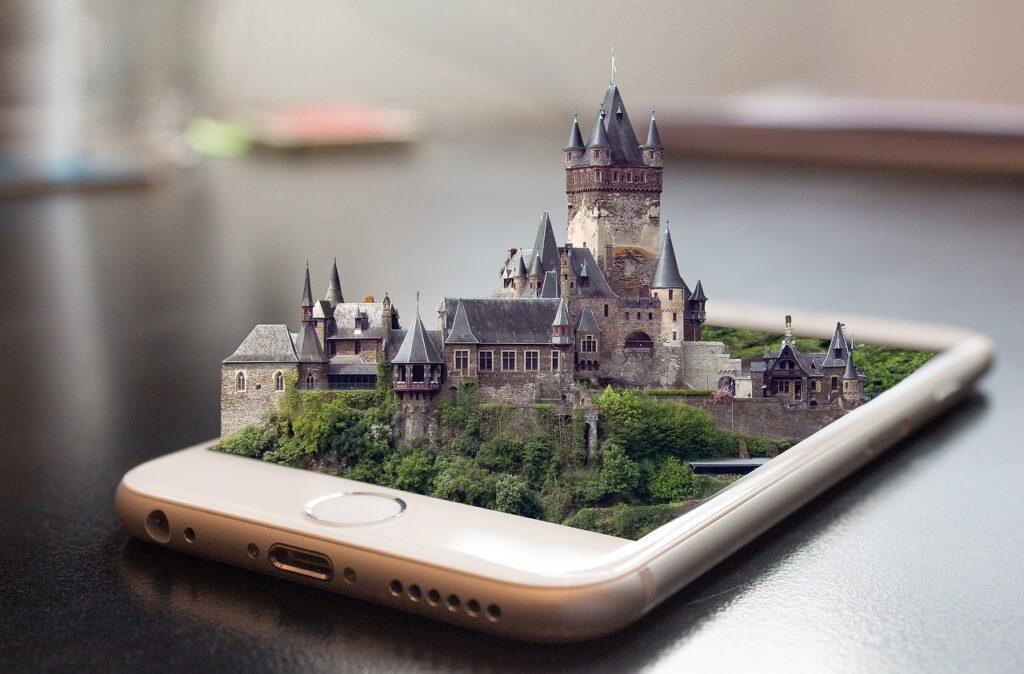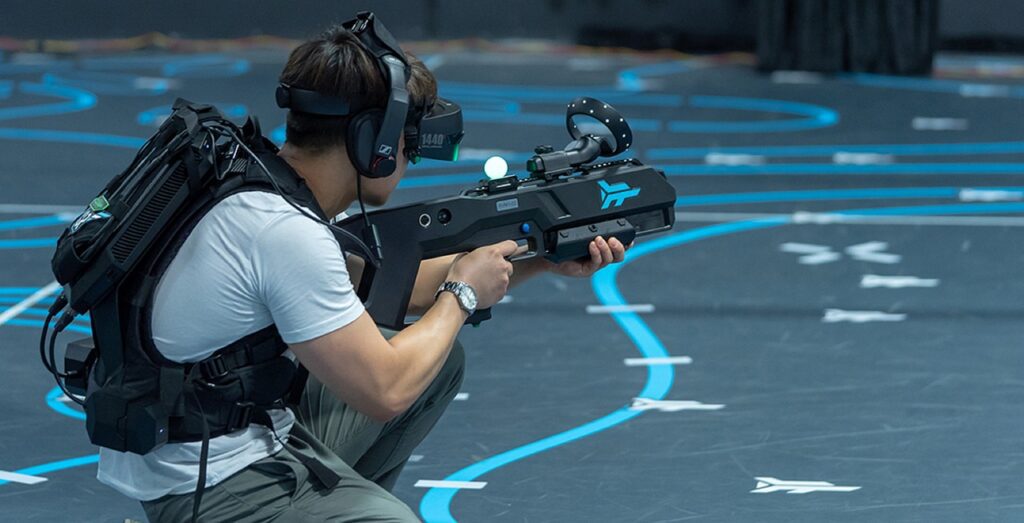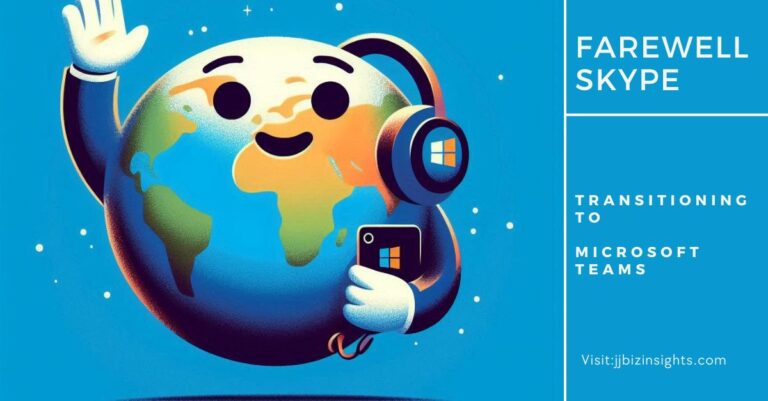
Virtual Reality in Marketing. The Ultimate Guide to AR & VR
Virtual Reality in Marketing: The Ultimate Guide to AR & VR
Virtual reality (VR) and augmented reality (AR) are two emerging technologies that are revolutionizing the way businesses market their products and services. These technologies allow businesses to create immersive and interactive experiences that can engage customers and drive sales.
In this blog post, we will discuss the benefits of using VR and AR in marketing, and provide tips on how to create effective VR and AR marketing campaigns.
Virtual Reality in Marketing: What is VR and AR?
VR is a technology that creates a simulated environment that users can interact with. VR headsets are used to immerse users in the virtual environment, which can be anything from a realistic 3D world to a fantastical fantasyland.
AR is a technology that overlays digital information on the real world. AR apps and devices can be used to see digital objects, such as furniture or landmarks, superimposed on the real world.

What is VR and AR? How can VR and AR be used in marketing?
VR and AR can be used for a variety of marketing purposes, including:
Virtual Reality in Marketing: Product visualization
- Virtual Reality in Marketing: VR and AR can be used to help customers visualize products in real-world settings. This can be especially helpful for products that are difficult to visualize, such as furniture or home appliances.
VR and AR can be used to help customers visualize products in real-world settings by creating a simulated environment where the product can be seen and interacted with. This can be especially helpful for products that are difficult to visualize, such as furniture or home appliances.
For example, a furniture retailer could create a VR experience that allows customers to walk around a virtual showroom and see how different furniture pieces would look in their homes. The customer could also interact with the furniture, such as by changing the color or size.
AR can also be used for product visualization. For example, a home appliance retailer could create an AR app that allows customers to see how a new refrigerator would look in their kitchen. The customer could also interact with the refrigerator, such as by opening the doors or changing the settings.
VR and AR for product visualization can be valuable tools for businesses that sell products that are difficult to visualize. These technologies can help customers better understand the products and make more informed purchase decisions.
Here are some specific examples of how VR and AR are being used for product visualization in marketing:
- IKEA has an AR app that allows users to see how different furniture pieces would look in their homes.
- Wayfair has a VR experience that allows users to walk around a virtual showroom and see how different home decor items would look in their homes.
- Lowe’s has an AR app that allows users to see how different appliances would look in their kitchens.
- Sephora has an AR app that allows users to try on makeup virtually.
- BMW has a VR experience that allows users to test drive a new car.
These are just a few examples of how VR and AR are being used for product visualization in marketing. As these technologies continue to develop, we can expect to see even more innovative and creative ways to use them to help customers visualize products.

Virtual Reality in Marketing: Brand engagement
- Virtual Reality in Marketing: VR and AR can be used to create immersive and interactive brand experiences. This can help engage customers and make them feel more connected to the brand.
VR and AR can be used to create immersive and interactive brand experiences by transporting the user to a virtual world or overlaying digital information onto the real world. This can help engage customers and make them feel more connected to the brand.
For example, a travel company could create a VR experience that allows users to take a virtual tour of a destination. The user could explore the destination at their own pace and interact with the environment. This could help the user feel more connected to the destination and make them more likely to book a trip.
AR can also be used for brand engagement. For example, a food company could create an AR app that allows users to see how their products are made. The user could scan a QR code on a product’s packaging and see a video of how the product is made. This could help the user learn more about the brand and its products.
VR and AR for brand engagement can be valuable tools for businesses that want to create a more memorable and engaging experience for their customers. These technologies can help businesses connect with customers on a deeper level and build stronger relationships.
Here are some specific examples of how VR and AR are being used for brand engagement in marketing:
- Coca-Cola has created a VR experience that allows users to see their favorite characters come to life in their own homes.
- Nike has created an AR app that allows users to try on shoes virtually.
- Sephora has created an AR app that allows users to see how different makeup looks on their faces.
- McDonald’s has created a VR experience that allows users to play a game with Ronald McDonald.
- The NBA has created an AR app that allows users to see stats and information about players and teams.
These are just a few examples of how VR and AR are being used for brand engagement in marketing. As these technologies continue to develop, we can expect to see even more innovative and creative ways to use them to engage customers and build stronger brands.
Virtual Reality in Marketing: Education and training
- Virtual Reality in Marketing: VR and AR can be used to provide educational and training experiences. This can be helpful for businesses that need to train their employees on new products or procedures.
VR and AR can be used to provide educational and training experiences by creating a simulated environment where the user can learn and practice new skills. This can be helpful for businesses that need to train their employees on new products or procedures.
For example, a car company could create a VR experience that allows employees to learn how to repair a car engine. The employee could interact with the engine in the virtual environment and practice the repair procedures. This could help the employee learn the procedures more quickly and effectively.
AR can also be used for education and training. For example, a medical school could create an AR app that allows students to see a 3D model of the human body. The student could interact with the model and learn about the different organs and systems. This could help the student better understand the human body and how it works.
VR and AR for education and training can be valuable tools for businesses that want to train their employees more effectively. These technologies can help businesses save time and money, and they can also improve the quality of training.
Here are some specific examples of how VR and AR are being used for education and training in marketing:
- Boeing uses VR to train its pilots on how to fly new aircraft.
- Walmart uses VR to train its employees on how to handle customer service situations.
- Ford uses AR to train its mechanics on how to repair cars.
- Johnson & Johnson uses VR to train its employees on how to use medical devices.
- The Mayo Clinic uses AR to train its doctors on how to perform surgery.
These are just a few examples of how VR and AR are being used for education and training in marketing. As these technologies continue to develop, we can expect to see even more innovative and creative ways to use them to train employees and improve the quality of education.
Virtual Reality in Marketing: Sales and marketing
- Virtual Reality in Marketing: VR and AR can be used to drive sales and marketing campaigns. For example, Sephora has an AR app that allows users to try on makeup virtually.
VR and AR can be used to drive sales and marketing campaigns by creating immersive and interactive experiences that can engage customers and encourage them to buy.
For example, Sephora has an AR app that allows users to try on makeup virtually. This allows users to see how different makeup looks on their faces before they buy it. This can help users make more informed purchase decisions and can also increase sales.
AR can also be used for sales and marketing. For example, a furniture retailer could create an AR app that allows users to see how different furniture pieces would look in their homes. This allows users to visualize the furniture in their own space before they buy it. This can help users make more informed purchase decisions and can also increase sales.
VR and AR for sales and marketing can be valuable tools for businesses that want to increase their sales. These technologies can help businesses engage customers and encourage them to buy.
Here are some other specific examples of how VR and AR are being used for sales and marketing:
- Nike has created an AR app that allows users to try on shoes virtually.
- IKEA has an AR app that allows users to see how different furniture pieces would look in their homes.
- Lowe’s has an AR app that allows users to see how different appliances would look in their kitchens.
- BMW has a VR experience that allows users to test-drive a new car.
- The NBA has created an AR app that allows users to see stats and information about players and teams.
These are just a few examples of how VR and AR are being used for sales and marketing. As these technologies continue to develop, we can expect to see even more innovative and creative ways to use them to drive sales.
Virtual Reality in Marketing: Customer service
- Virtual Reality in Marketing: VR and AR can be used to improve customer service. For example, Lowe’s uses VR to help customers visualize home improvement projects.
VR and AR can be used to improve customer service by providing customers with a more interactive and personalized experience.
For example, Lowe’s uses VR to help customers visualize home improvement projects. Customers can put on a VR headset and see how different appliances or furniture would look in their homes. This can help customers make better decisions about their home improvement projects.
AR can also be used for customer service. For example, a car dealership could create an AR app that allows customers to see how different car features would work. The customer could point their phone at a car and see how the features work in real time. This can help customers better understand the features and make more informed decisions about their purchase.
VR and AR for customer service can be valuable tools for businesses that want to provide their customers with a better experience. These technologies can help businesses improve customer satisfaction and loyalty.
Here are some other specific examples of how VR and AR are being used for customer service:
- IKEA uses VR to help customers design their dream kitchens.
- BMW uses AR to help customers troubleshoot their cars.
- American Airlines uses VR to train its customer service representatives.
- The Mayo Clinic uses AR to help doctors diagnose patients.
- The NFL uses AR to help fans learn about the game.
These are just a few examples of how VR and AR are being used for customer service. As these technologies continue to develop, we can expect to see even more innovative and creative ways to use them to improve customer service.

Tips for Creating Effective VR and AR Marketing Campaigns
When creating a VR or AR marketing campaign, it is important to keep the following tips in mind:
- Start small: Don’t try to do too much with your first VR or AR marketing campaign. Start with a simple experience that you can execute well.
- Target the right audience: Not all VR and AR experiences are created equal. Make sure to target your experience at the right audience.
- Make it easy to use: Your VR or AR experience should be easy to use and understand. Don’t make it too complicated or difficult to navigate.
- Measure your results: Track the results of your VR or AR marketing campaign to see how it is performing. This will help you improve your campaigns in the future.
The Future of VR and AR in Marketing
VR and AR are still emerging technologies, but they have the potential to revolutionize the way businesses market their products and services. As these technologies continue to develop, we can expect to see even more innovative and creative ways to use them in marketing.
Virtual Reality in Marketing: Conclusion
VR and AR are powerful tools that can be used to create engaging and immersive marketing experiences. By carefully considering the tips above, businesses can use these technologies to create marketing campaigns that will help them reach their target audience and achieve their marketing goals.
How to Use Gamification in Marketing: Know it All
H100: Nvidia’s Amazing New GPU Priced at $40,000





